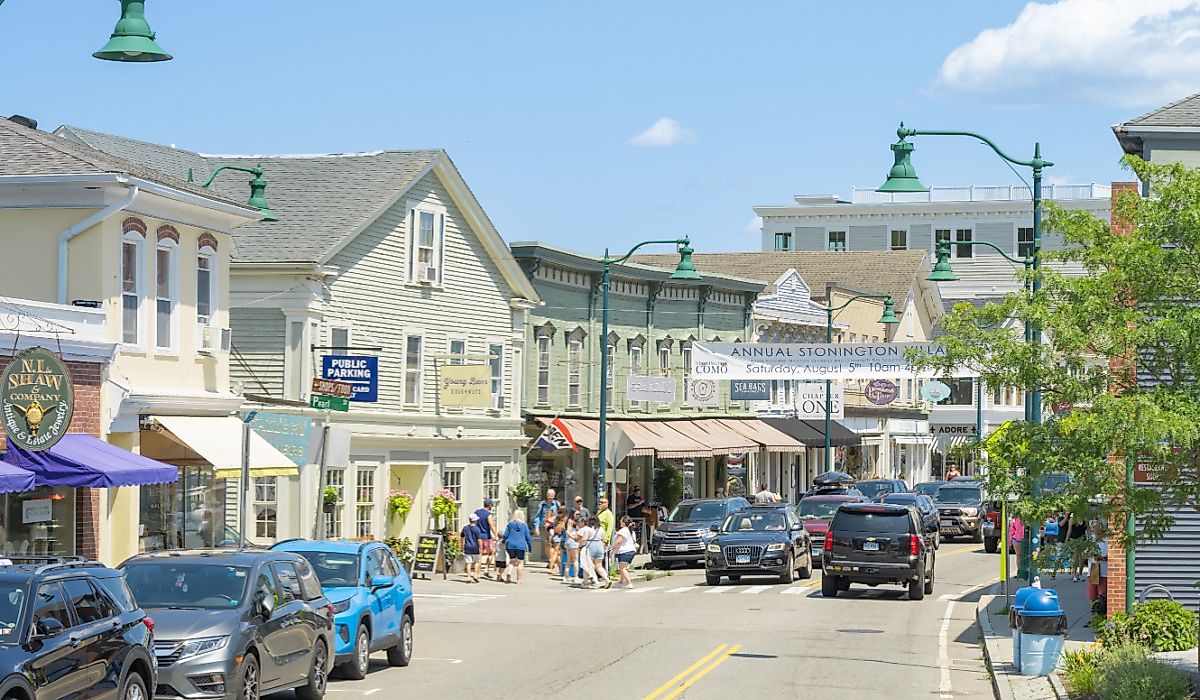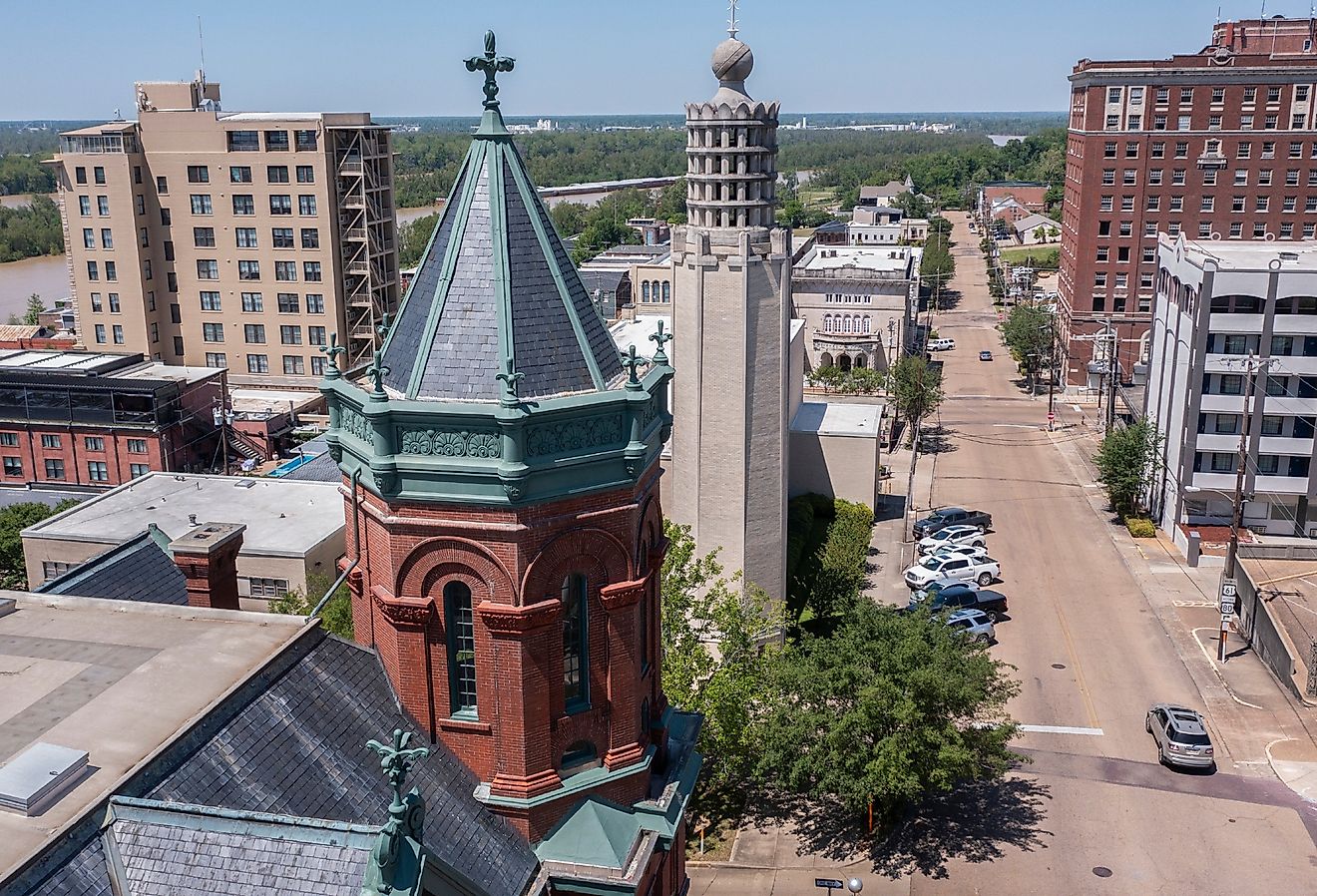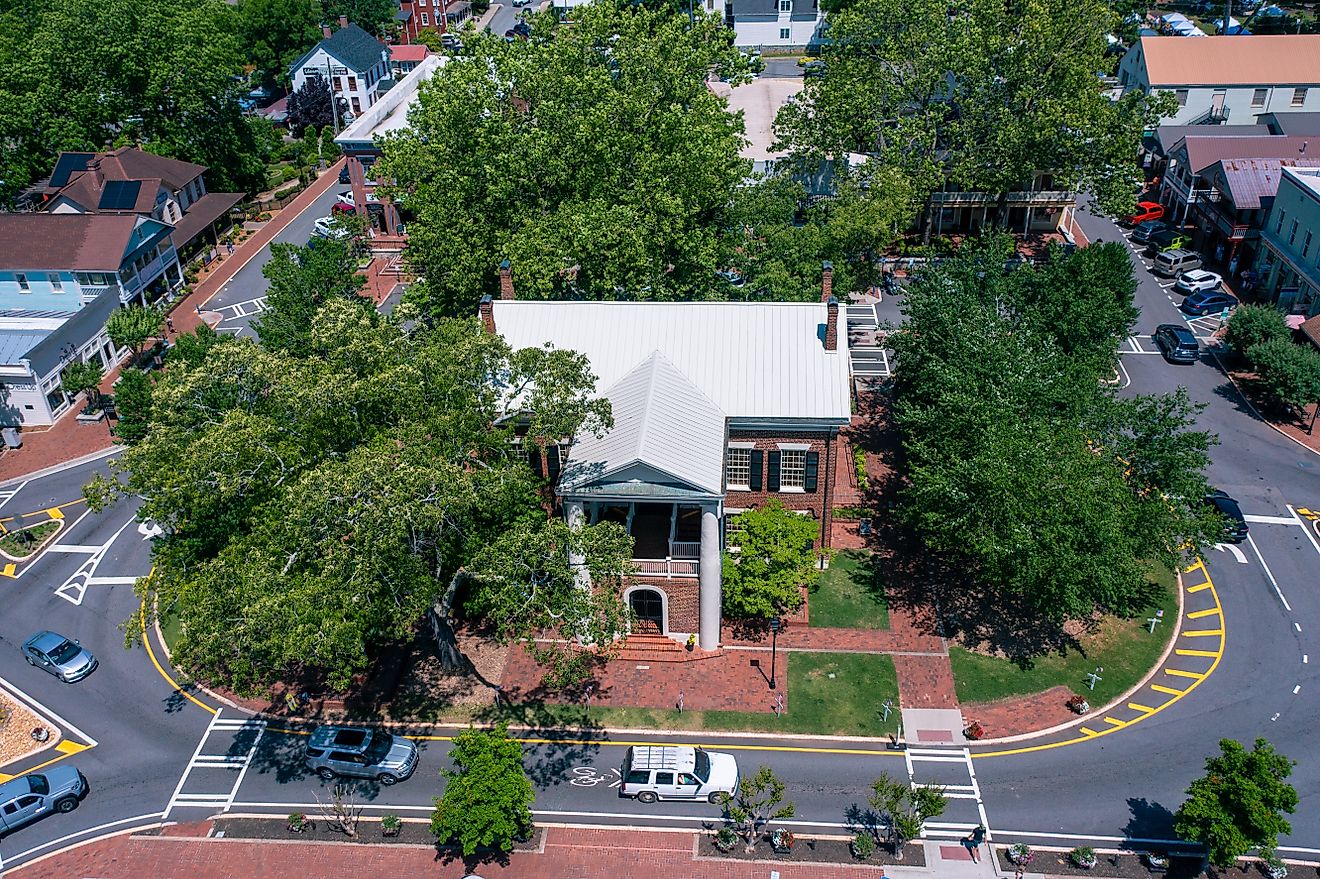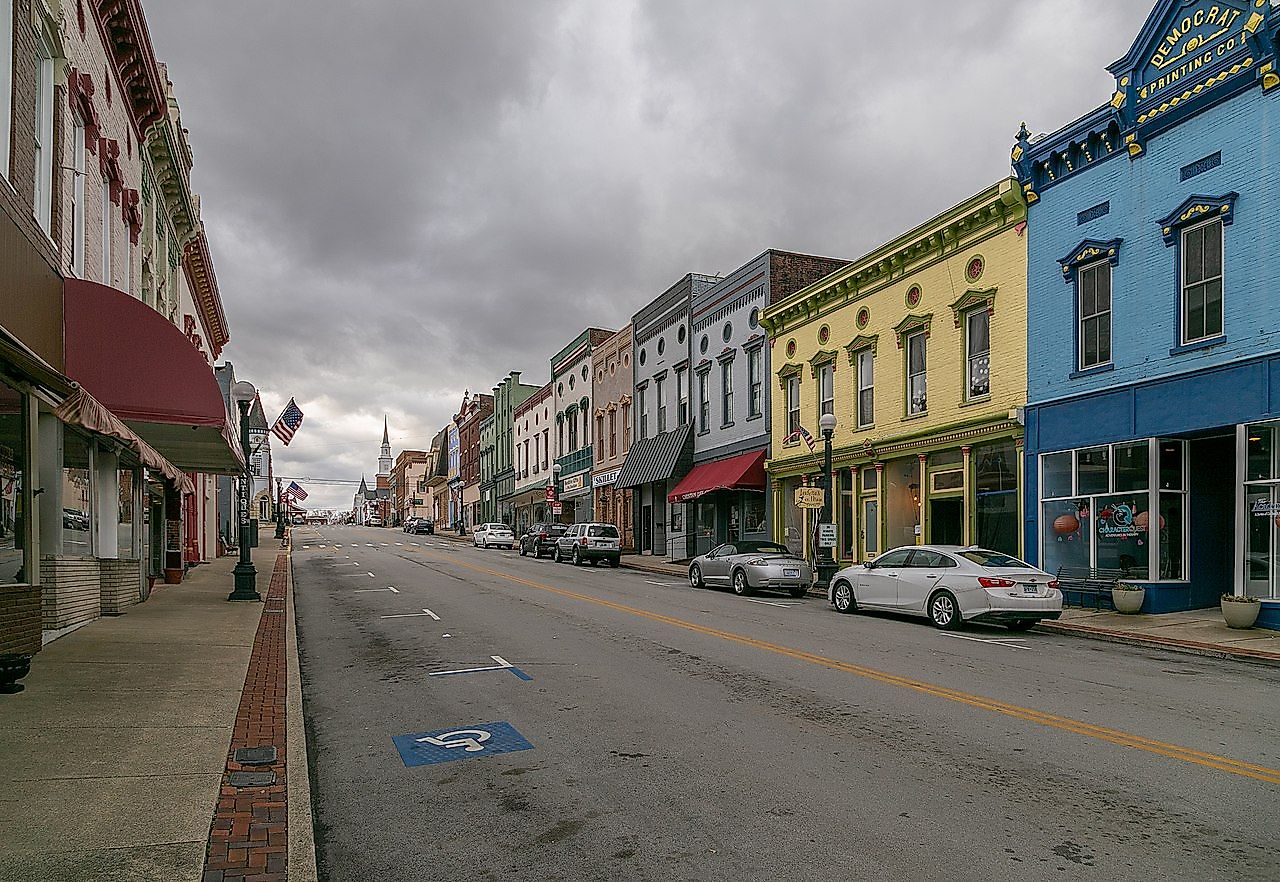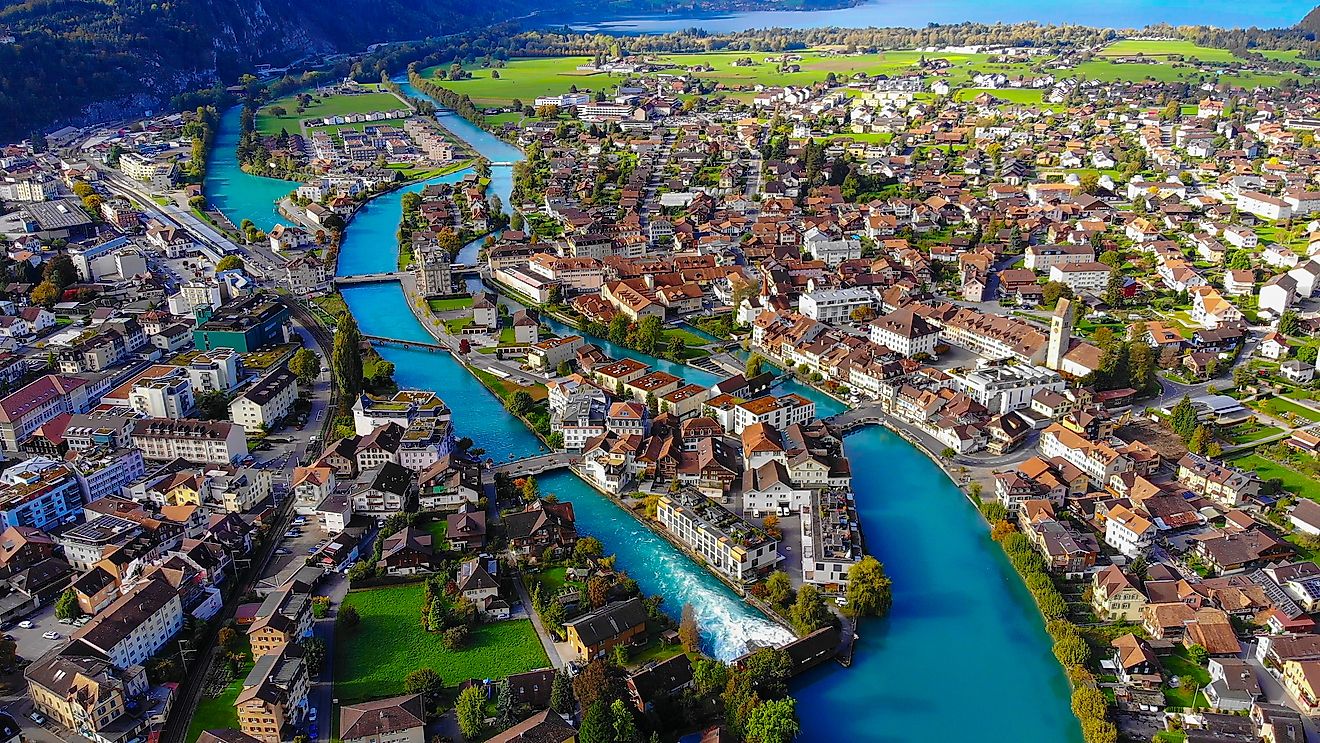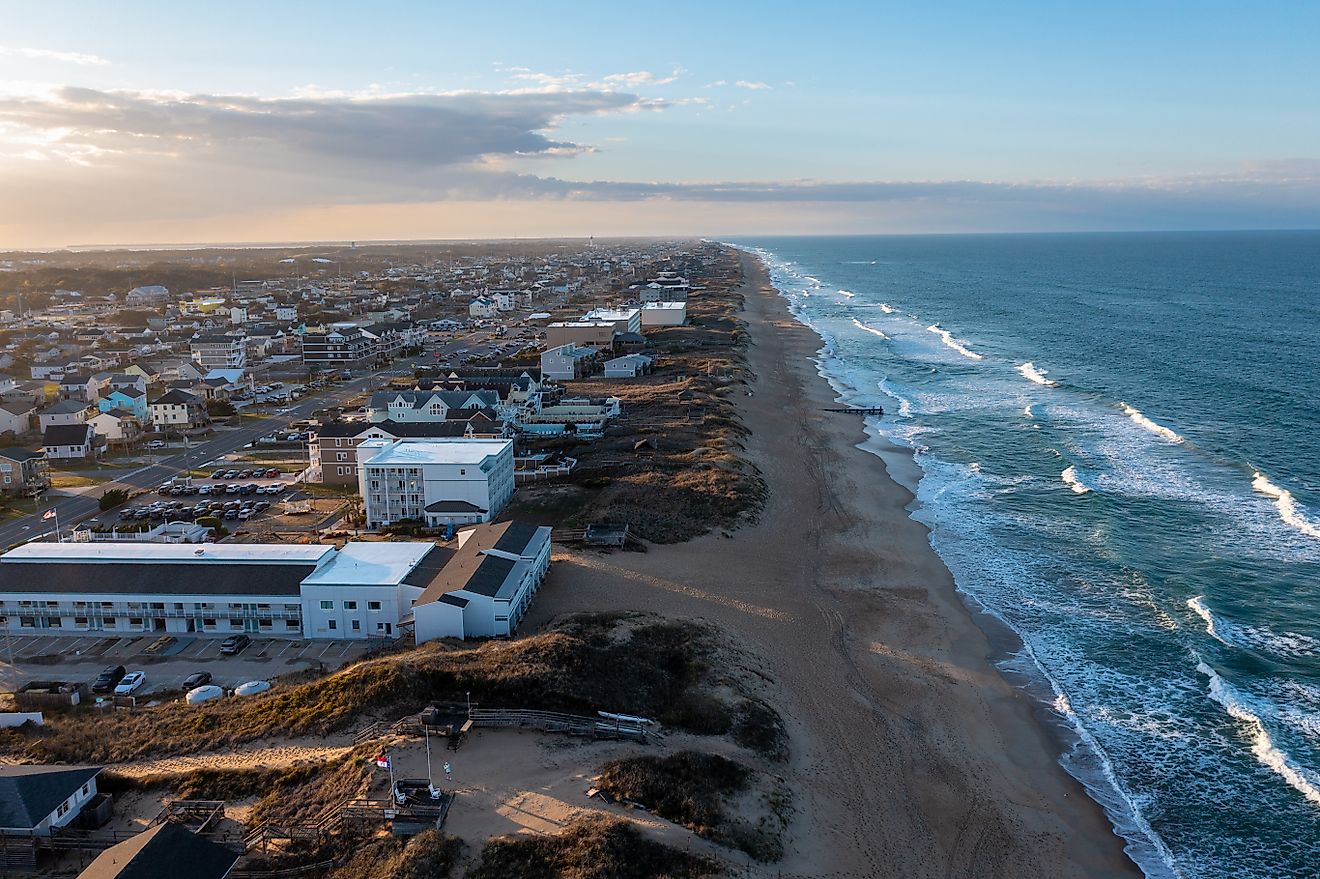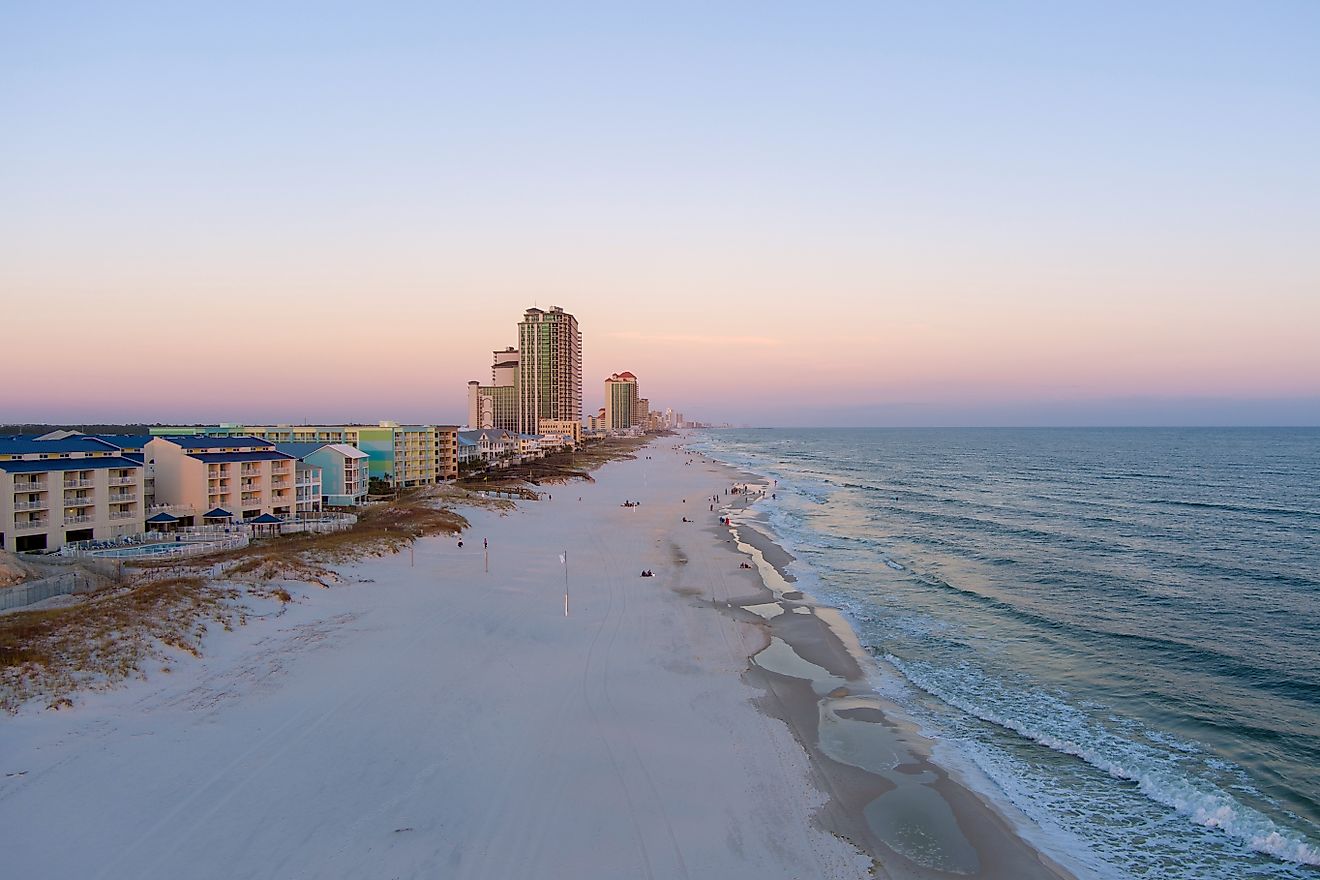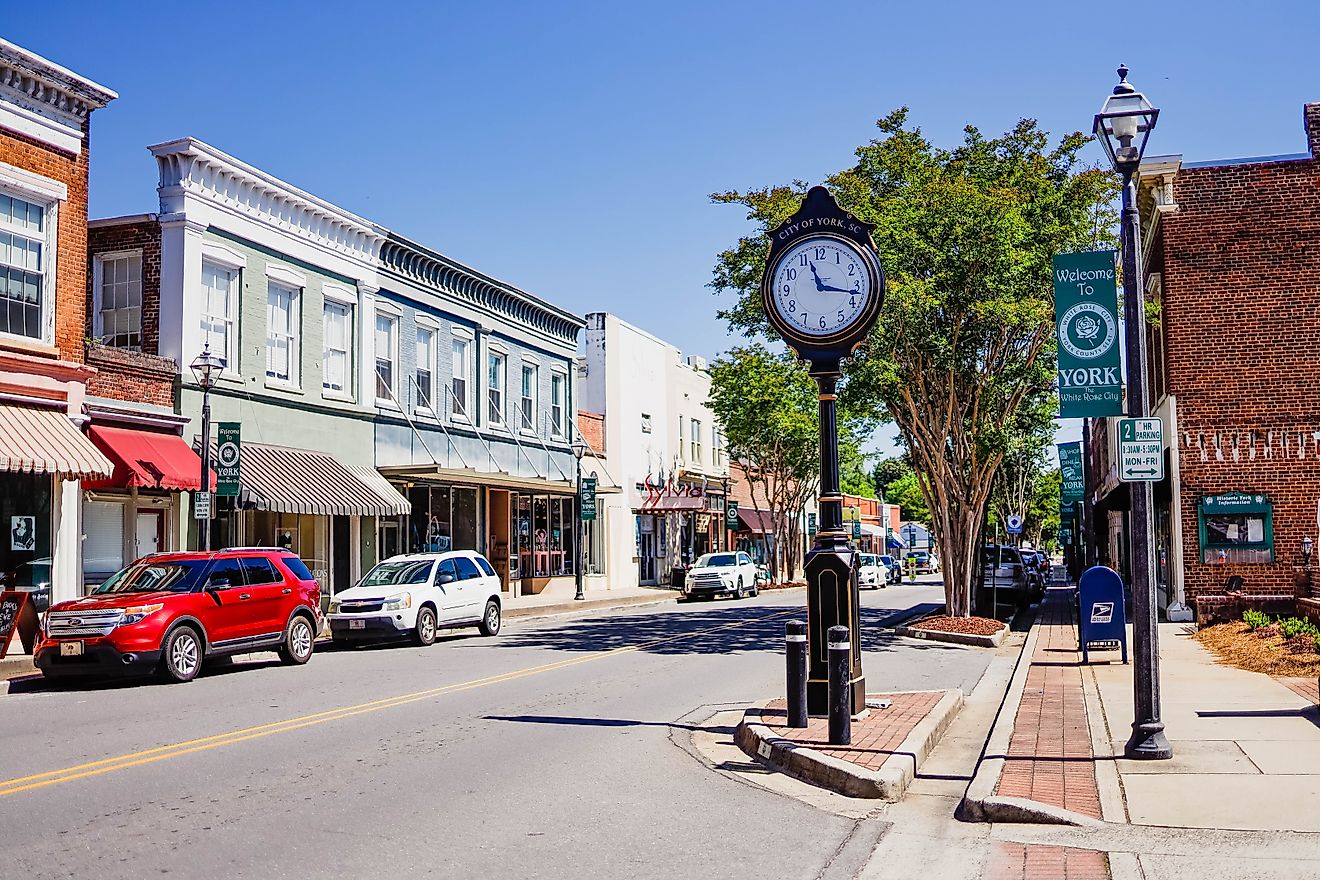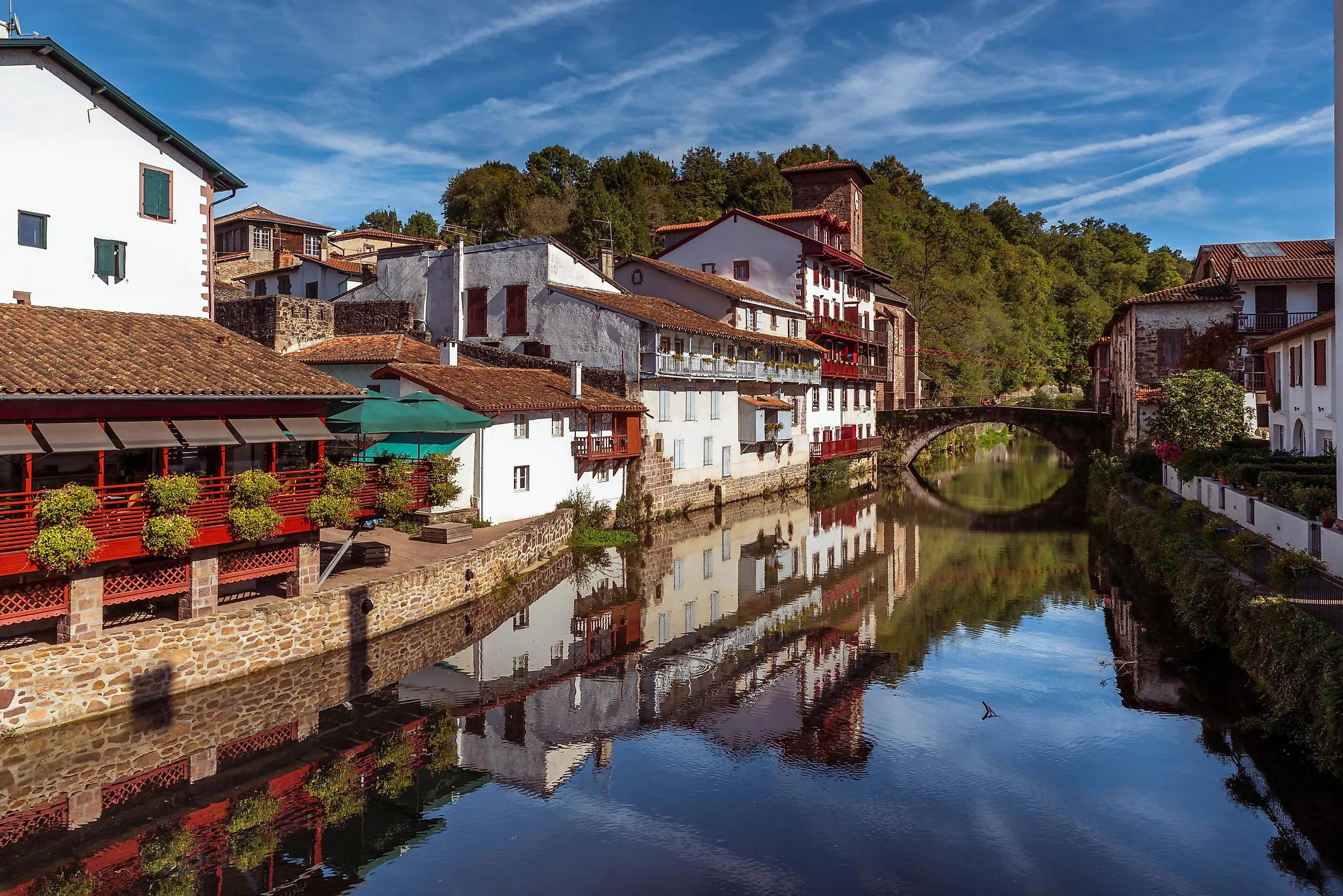
St.-Jean-Pied-de-Port: A Historic Mountain Village in French Basque Country
Saint.-Jean-Pied-de-Port (English: Saint John at the Foot of the Pass; Basque: Donibane Garazi) is a beatific 12th century village at the foot of the Pyrenees, just a short walk from the Spanish border. While it is well-connected to the rest of the Basque Country via buses and trains, many tens of thousands of people elect to make the international crossing on foot, and are drawn to this timeless, walled community for precisely this purpose. St.Jean-Pied-de-Port (often written as SJPP for short) is the traditional start to the medieval Christian pilgrimage known as the Camino Francés (or the French Way), which is the most popular route of the Camino de Santiago (or the Way of St. James) network. Each year, between early spring and late fall, waves of backpackers arrive on the cobblestone streets of this patient, unspoiled place to not only embark on their soul-searching adventures, but also to absorb the history and aesthetic of this magical place.
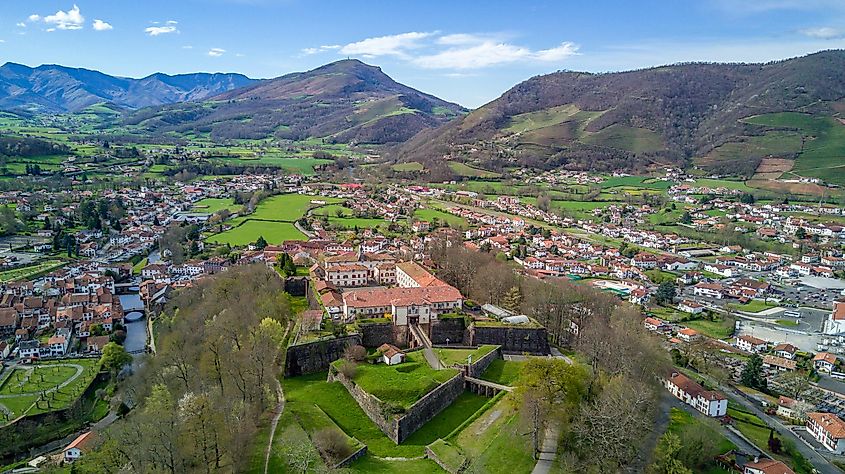
The Geography of St.-Jean-Pied-de-Port
SJPP rests in the far Southwest of France, in the department of Pyrénées-Atlantiques, just 8 kilometers (5 miles) from Spain's Northeastern border. This makes it part of the French (or Northern) Basque Country – a region that overlaps with Northeastern Spain. This part of Basque Country also incorporates three former French provinces: Lower Navarre (aka Basse-Navarre), of which SJPP was once the capital, Labourd, and Soule.
This small commune is divided by the Nive de Béhérobie (Nive River), with Le Laurhibar (The Laurhibar River) marking its Northern boundary. The Pyrenees impose themselves to the South/Southwest, with the 1,450-meter (4,757-foot) Roncesvalles (or Roncevaux) Pass signaling the way (via the Napoleon Route) to the Spanish town of Roncesvalles (i.e. the section of the Camino Francés).
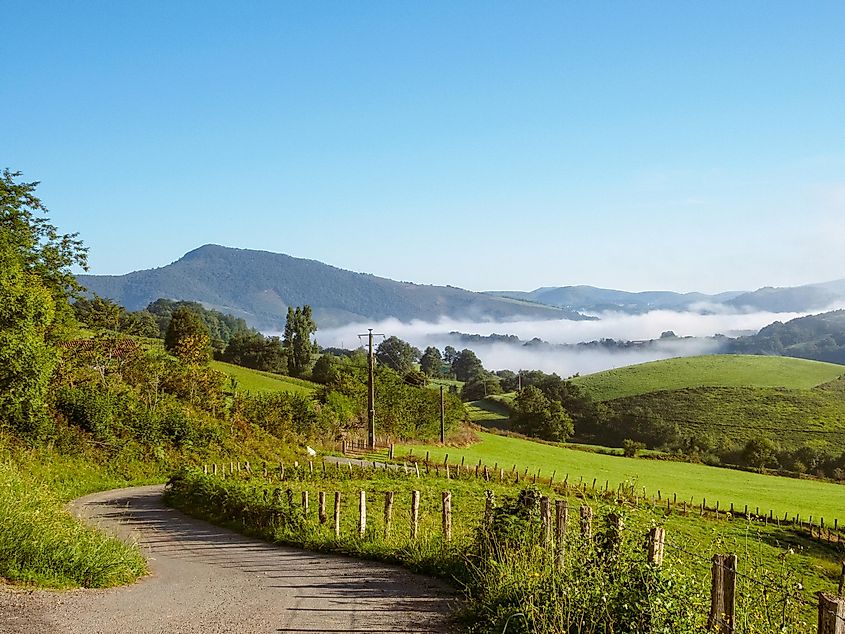
Getting to St.-Jean-Pied-de-Port
From within the walls and pleasant streets, SJPP may feel like it is far-removed from the modern world. But there are a variety of ways to get there from within France, or through Spain. The closest airport is Biarritz – a French city on the Bay of Biscay, about 53 kilometers (33 miles) to the Northwest. It is possible to take a shuttle or taxi straight to SJPP, or a train or bus from the adjacent city of Bayonne. More often, travelers coming from the French side opt to fly into Paris first, and then take the high-speed train to Bayonne.
As for those heading over from Spain, the two major airports are Madrid and Barcelona, but there is also an international airport in the Northern city of Bilbao. From either of these hubs, train and/or bus services go through Pamplona (another stop along the Camino Francés), and then onwards to SJPP via another bus, taxi, or private pilgrim shuttle. This is just a basic overview for some of the main areas, but the public transit system is impeccable in Western Europe, and so multi-stage travel itineraries will likely be available from most sizable cities.
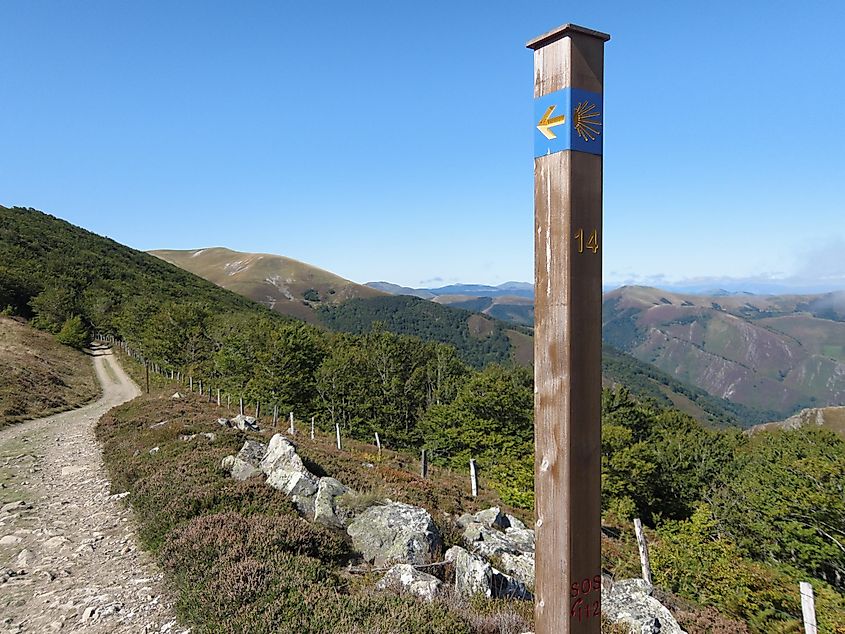
One of the many interesting things about SJPP is that a steady stream of pilgrims arrive and depart on foot. Three Camino routes terminate within its walls, including the Le Chemin du Puy Camino, the Vezelay Camino, and the Paris-Tours Camino. So while some fresh-faced pilgrims will just be starting out towards Santiago de Compostela, Spain, others will have marched various distances across France.
A Brief History of St.-Jean-Pied-de-Port
In 1177, a town called Saint-Jean-le-Vieux was destroyed by the English armies of Richard I (aka "Richard the Lionheart"). The French rebuilt the community nearby, under the name Saint-Jean-Pied-de-Port (or Donibane Garazi in the Basque language). The new site was chosen because of its strategic spot on the Nive River, and to gain access to the Roncevaux and Bentarte mountain passes. SJPP was made the capital of the Basse-Navarre province, under the rule of the last kings of Navarre. It retailed its esteemed position and responsibilities until the Spanish conquest (1512-1528), when the honors were transferred to Saint-Palais by King Henry II of Navarre.
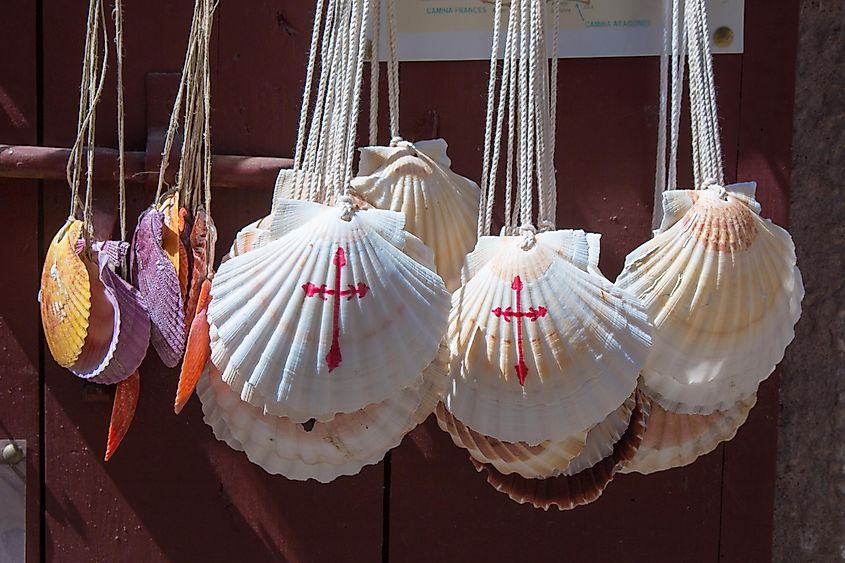
Given its prime location in the Basque Country, SJPP has long been a magnet for traders and pilgrims (from medieval to modern times). Today, the historic town enjoys tourism-related prosperity, with the prime focus being the Camino de Santiago.
The Attractions Throughout St.-Jean-Pied-de-Port
As with many historical European towns, just meandering the streets is the best way to soak in the atmosphere and living memories of Saint-Jean-Pied-de-Port. In particular, if you hop on the cobblestone streets of Rue de la Citadelle and/or Rue d'Espagne, you will organically pass by many old-fashioned homes, complete with beautiful wooden overhangs, religious iconography, and inscriptions from hundreds of years ago. There is even a note from 1789 about the price of wheat etched above House No. 9 on Rue d'Espagne. These quirky little touches ground the distant history into the here and now.
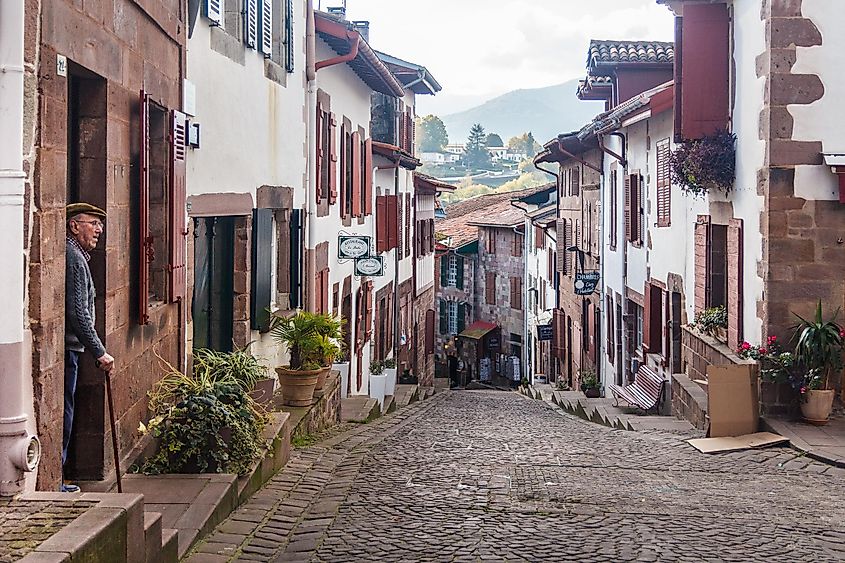
While enjoying your listless stroll, your attention (and your camera) will eventually turn to the Porte St. Jacques (i.e. "St. James Gate"). This 15th century installation is recognized by UNESCO as a key feature along the World Heritage Site: Routes of Santiago de Compostela in France. This gate serves to welcome pilgrims that have walked into town via one of the three aforementioned Camino routes through France. It also sits below another prime attraction: La Citadelle. This fort was constructed in 1628 (and later improved upon by famous military engineer Sébastien Le Prestre de Vauban) as a vital defense against the ongoing religious wars and other conflicts with Spain. Though it currently operates as a college, spectacular panoramic views of the town can be gleaned from atop.
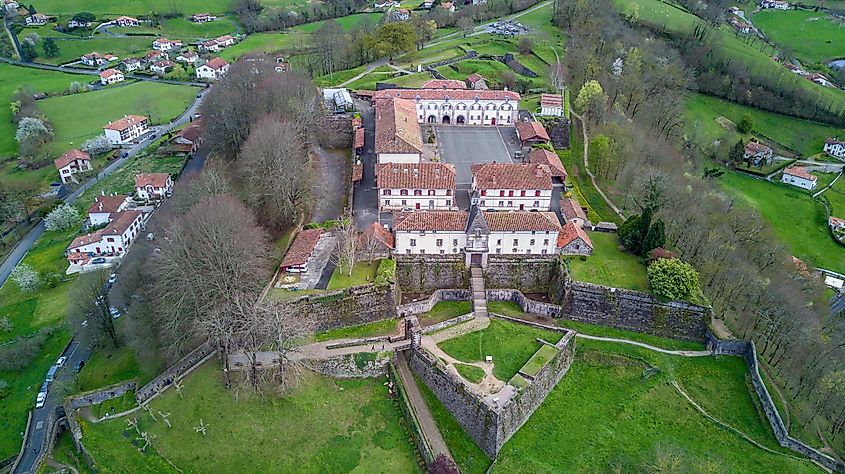
Continuing the journey on foot, why not get a feel for the Camino experience? Even if you do not intend to make the nearly 800 kilometer (500-mile) sojourn, you can still follow the iconic scallop seashell and yellow arrow markings through town and into the first patch of wilderness. You will surely be in good company during the fair-weather-seasons, as over 30,000 people outfitted in hiking boots and trekking bags begin the trip of a lifetime from SJPP. Many pilgrims are friendly and chatty (especially at the beginning), and come from all walks of life. Unique stories can be exchanged in multiple languages at the local restaurants and taverns. Speaking of which, SJPP is no slouch when it comes to cuisine. There are several local specialties to keep an eye out for, including: wood pigeon stew, veal, trout, sheep's cheese, Bayonne ham, Basque-style squid or chicken, and plenty more.
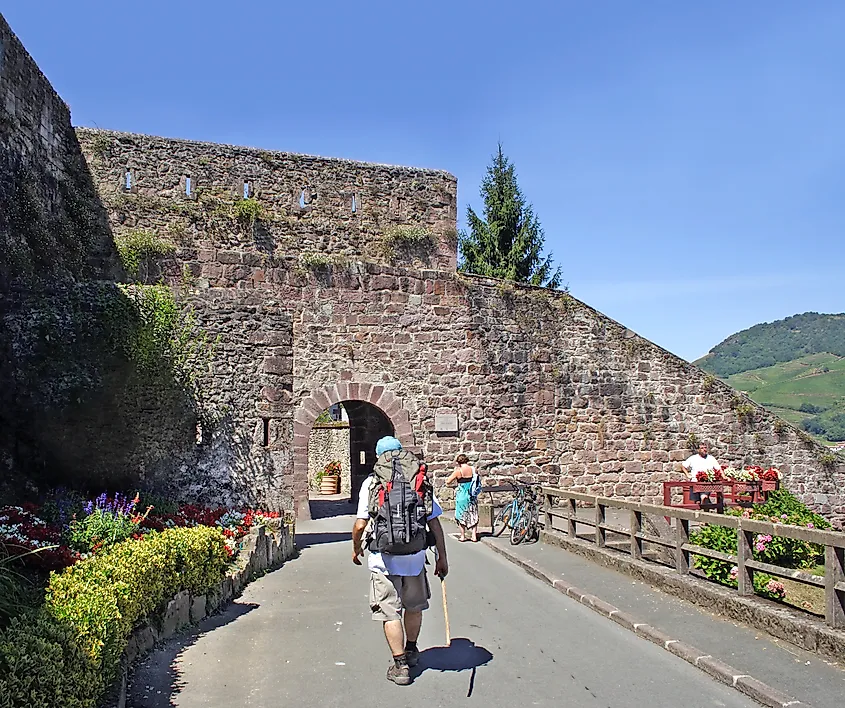
The tiny, fairytale French town (estimated 2020 population: 1,510) of Saint-Jean-Pied-de-Port is a spot to participate in history and culture. It is not only a gathering point for pilgrims to reenact a traditional spiritual practice, but a place of rich character that should beckon anyone touring Western Europe off the well-worn path. Though hours removed from the classic crowd-pleasing cities, SJPP is easily accessible by trains and buses, which themselves are enjoyable ways for newcomers to take in the French/Spanish countryside.


